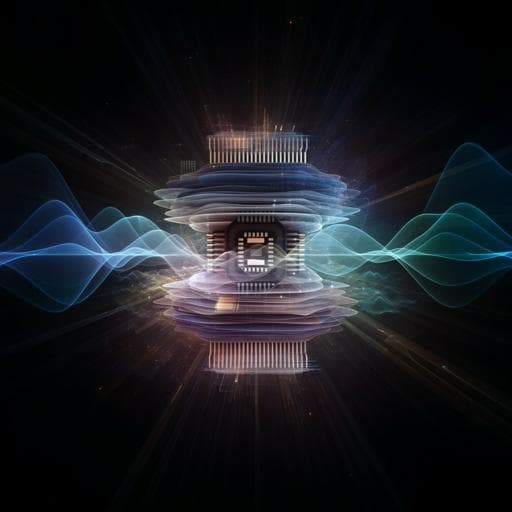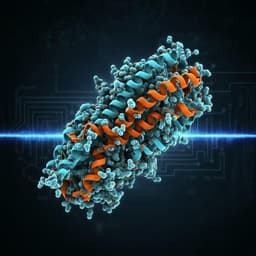
Engineering and Technology
Rapid sensing of hidden objects and defects using a single-pixel diffractive terahertz sensor
J. Li, X. Li, et al.
Discover how Jingxi Li and colleagues have developed a groundbreaking diffractive sensor that utilizes terahertz waves for rapid detection of hidden defects in materials. Their innovative approach eliminates the need for tedious sample scanning, offering a game-changing solution for security screening, biomedical sensing, and industrial quality control.
~3 min • Beginner • English
Related Publications
Explore these studies to deepen your understanding of the subject.







